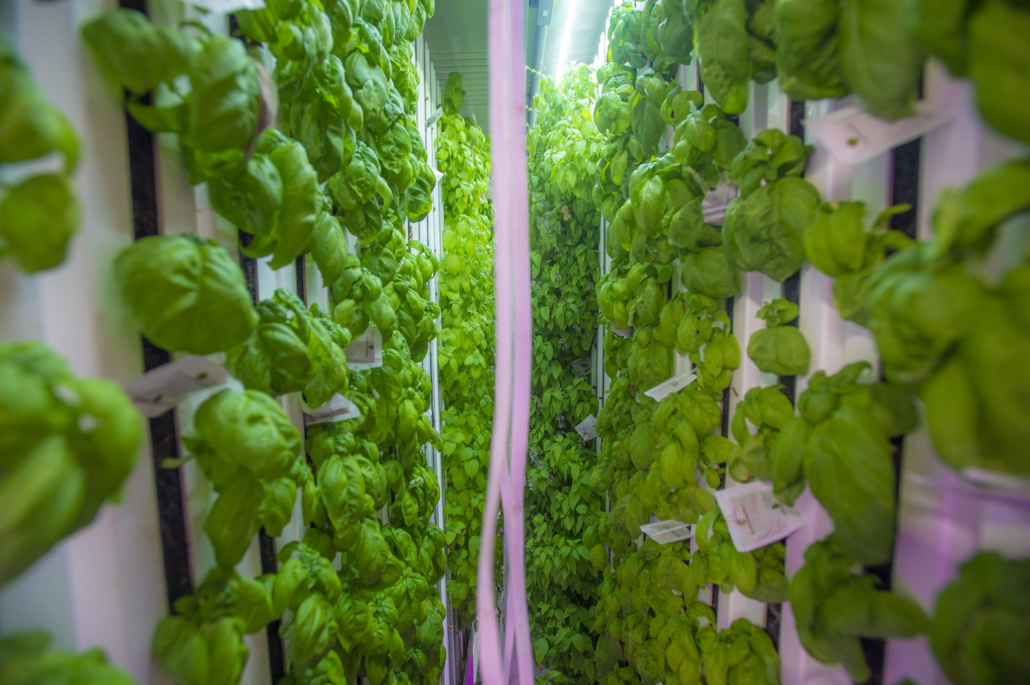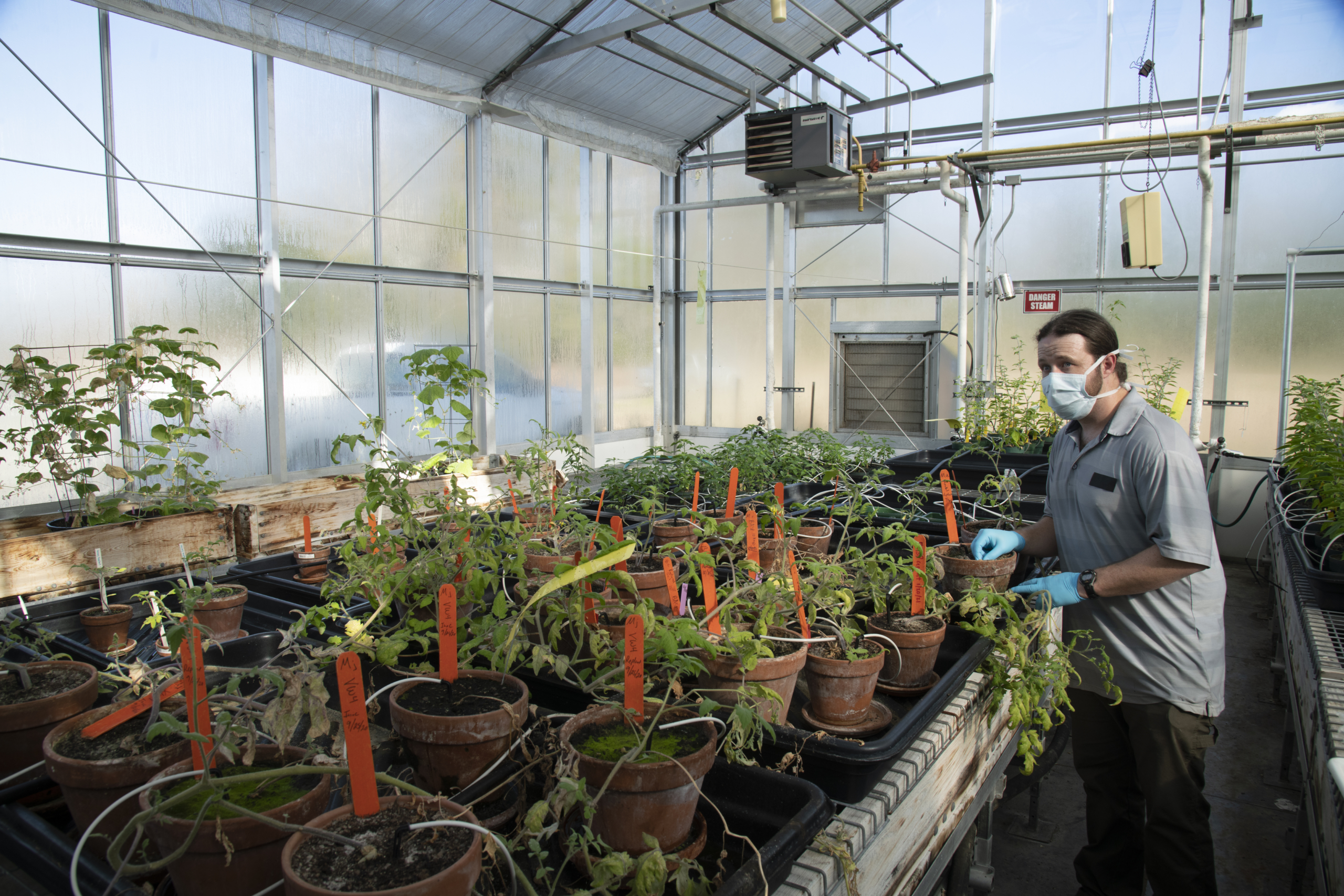 Vertical farming, an innovative approach to agriculture, is offering new hope for food security in Singapore. The city-state, with limited land for traditional agriculture, has embraced the concept of growing crops vertically within controlled environments. As the global demand for sustainable food sources rises, vertical farming in Singapore is a typical example of how cities can feed their populations without relying heavily on imports.
Vertical farming, an innovative approach to agriculture, is offering new hope for food security in Singapore. The city-state, with limited land for traditional agriculture, has embraced the concept of growing crops vertically within controlled environments. As the global demand for sustainable food sources rises, vertical farming in Singapore is a typical example of how cities can feed their populations without relying heavily on imports.
Ambitious Local Goals
In 2019, the Singaporean government, through the Singapore Food Authority (SFA), set a target to produce 30% of its nutritional needs locally by 2030, a significant increase from the less than 10% produced locally at the time the goal was set. This initiative, named “30 by 30,” pushed local enterprises to think creatively about urban farming solutions. Vertical farming quickly became a frontrunner in the quest to meet these targets.
Sky Greens’ Innovations
One of the leading companies in this space is Sky Greens. Established in 2012, Sky Greens created the world’s first low-carbon hydraulic water-driven vertical farming system. This marked a significant stride in utilizing green urban solutions to enhance food supply security in Singapore.
The vertical farming system is a tall A-frame structure with rotating shelves, which allows plants to receive uniform sunlight. This system uses just 0.5 liters of water to rotate a 1.7-ton vertical structure, with the water being recycled and reused within an enclosed underground reservoir system. The structures use gravity to rotate the rows of plants, ensuring equal distribution of nutrients and sunlight to each row. These towers are highly productive, producing ten times the yield compared to traditional soil-based farms covering the same area. Since its inception, Sky Greens has played a crucial role in Singapore’s urban farming scene, contributing to the local food supply and providing a model for sustainable agriculture in urban settings.
ComCrop’s Rooftop Farming and Aquaponics
Founded in 2011, ComCrop, another leading example in this sector, operates Singapore’s largest rooftop farm. ComCrop’s farm has 6,000 square feet on the rooftop of Scape, along Orchard Road. They also launched a new 36,000-square-foot rooftop farm complex in Woodlands in October 2018.
The farm grows a variety of crops using advanced hydroponic technology which enables them to grow produce using less resources while achieving a greater harvest. This technology also uses 90% less water compared to traditional farming. ComCrop’s innovative system produces 150 kg of vegetables monthly and has the capacity to produce over 25,000 kg of produce in the first full year of production at their new farm complex in Woodland.
ComCrop directly supplies its produce to various food and beverage outlets within the vicinity of Scape, ensuring fresh delivery on the same day they are harvested. They emphasize sustainable farming practices and aim to reduce Singapore’s dependence on imported vegetables, and in doing so, they contribute to local food security.
Governmental Support and Global Implications
Singapore’s vertical farming success has been further bolstered by governmental support. The Singapore Food Agency (SFA) has been actively encouraging local enterprises to venture into high-tech farming through grants and funding. These incentives, combined with private sector creativity, have put Singapore at the forefront of urban farming globally.
Yet, vertical farming is more than just a technological spectacle, it is a testament to Singapore’s resilience and forward-thinking. As the climate crisis intensifies and land becomes more scarce, innovative solutions like vertical farming will be critical in addressing global food security concerns.
For countries or cities with limited agricultural spaces, Singapore’s story provides a beacon of hope and a blueprint to follow. By integrating technology with agriculture and combining private initiative with governmental support, it is evident that cities can indeed become self-reliant in food production. The future of farming is not just on the ground, it is in the sky too.
– Laeticia Mbangue
Photo: Unsplash

 In the core of urban Singapore, small-scale farmers encounter unique challenges in their active pursuit of agricultural endeavors. However, a comprehensive and multifaceted approach is surfacing to provide Singapore’s small-scale farmers with sustainable support, enabling their growth and contributing to the city-state’s food security.
In the core of urban Singapore, small-scale farmers encounter unique challenges in their active pursuit of agricultural endeavors. However, a comprehensive and multifaceted approach is surfacing to provide Singapore’s small-scale farmers with sustainable support, enabling their growth and contributing to the city-state’s food security. Estimates predict there will be over nine billion people on the planet by 2050. Of that increase in population, half will be born in Africa. In order to feed the world,
Estimates predict there will be over nine billion people on the planet by 2050. Of that increase in population, half will be born in Africa. In order to feed the world,  As the world encounters one issue after another, food insecurity increases in countries with inadequate resources or less-than sufficient agriculture systems. With the pandemic at the helm and climate change an ongoing phenomenon, to survive these stressful times, innovative strategies are necessary. In this advanced society, new ways are necessary to process, distribute and reshape food production. Connections between food security and innovation seem far-fetched, but the United Arab Emirates/UAE’s food security and innovation program has found state-of-the-art techniques that relieve their people of this struggle.
As the world encounters one issue after another, food insecurity increases in countries with inadequate resources or less-than sufficient agriculture systems. With the pandemic at the helm and climate change an ongoing phenomenon, to survive these stressful times, innovative strategies are necessary. In this advanced society, new ways are necessary to process, distribute and reshape food production. Connections between food security and innovation seem far-fetched, but the United Arab Emirates/UAE’s food security and innovation program has found state-of-the-art techniques that relieve their people of this struggle.
